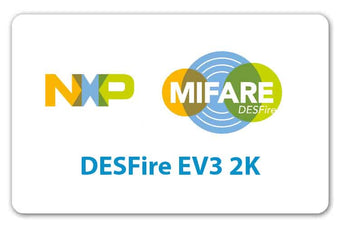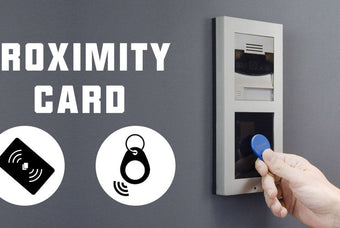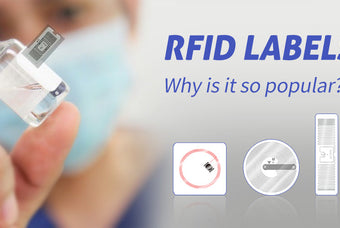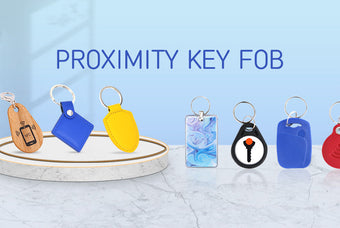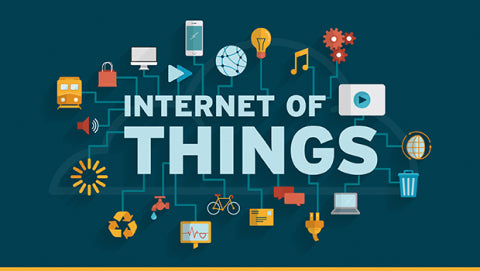
In the last few years, we have seen a lot of new technologies that have changed our lives in many ways. The main aim of any technology is to make our life easier and more convenient.
In this article, we will be comparing two of these technologies- RFID vs IOT and find out which one is better for you!
What is RFID?
RFID stands for “radio frequency identification.” It’s an automatic identification technology used to automatically identify and track tags attached to objects. These tags, which can be passive or active, are read by an RFID reader. Tags come in different shapes and sizes depending on their intended use:
- Passive tags don’t contain a power source; they’re powered by the system they’re connected to (like your smartphone). When you get within range of them, they immediately send out signals that can be picked up by the RFID reader.
- Active tags have their own energy source (they run off batteries), which allows them to transmit data without being within range of an RFID reader—for example, when you enter a store or leave your home or office building.
What is IOT?
IoT is a network of devices that communicate with each other and connect to the internet.
- Internet: The internet is a global system of interconnected computer networks that use the standard Internet protocol suite (TCP/IP) to serve billions of users worldwide. It’s basically a series of wires, switches and routers spread all over the world for people to access.
- Devices: A device can be any electronic equipment that connects to the Internet in some way such as laptops, gaming consoles, smartphones and even your lightbulb. This can also include any object that has sensors like your washing machine or refrigerator! There are more than 6 billion connected devices in use today so there sure is plenty out there!
Similarities of the two
If you’re still not sure whether you want to choose RFID or IoT, then perhaps the similarities between the two will help you make up your mind. First of all, both technologies are wireless. This means that they don’t rely on wires to send and receive data. They can transmit information over long distances without any physical connection between devices or tags (the devices that hold data).
Secondly, both RFID and IoT are used in tracking applications. It’s possible to track items using either technology by attaching tags to them and then monitoring the tag’s movements from a distance through RFID readers or sensors connected to an internet-connected system like IoT. This way you can track deliveries of products from their warehouse locations all the way onto delivery trucks before reaching their destinations—and even after they’ve been delivered!
Finally, both technologies offer security benefits for businesses large and small alike: RFID tags can be programmed with custom access levels for each individual tag so only authorized people can use them; likewise with IoT systems which allow users remote access from anywhere in the world via apps on their phones etcetera
Differences between the two
- RFID is a wireless technology. It uses radio waves to transmit data between an RFID tag and an RFID reader. These tags can be read from a distance as long as they’re within range of the reader.
- IoT is not exactly wireless, but it’s not exactly wired either. An IoT device is connected to the internet through Wi-Fi or Ethernet cable, and it sends information back and forth with other IoT devices in its network—as well as directly through the internet itself—to access remote data sources.
RFID vs Iot: Which one is the best for you?
As you can see, the two technologies have many similarities. However, they also have some key differences that may make one or the other more suitable for your application. While RFID is a passive technology and IoT is an active one, both are used for identification and authentication purposes. RFID uses short-range radio waves to identify objects within its range, while IoT uses long-range radio waves for this purpose.
RFID technology is ideal for situations where it’s important to track large numbers of items over short distances; these include inventory tracking in retail stores or warehouses and heavy equipment maintenance tracking to ensure that machines are always working properly . In contrast, Iot devices are better suited for applications where it’ll be necessary to monitor things at varying distances from each other — such as environmental sensors deployed across a large area — since they’re capable of sending out signals that travel much farther than those emitted by RFID tags on individual products.”
Conclusion
We hope we’ve helped you understand the differences between RFID and Iot. The answer to whether one is better than the other depends on your needs. If you are looking for a simple way to add security and convenience to your business or home, then either option may be right for you. However, if you want more complex capabilities such as real-time tracking or automation then it might make sense to consider both technologies side by side before making a decision.


